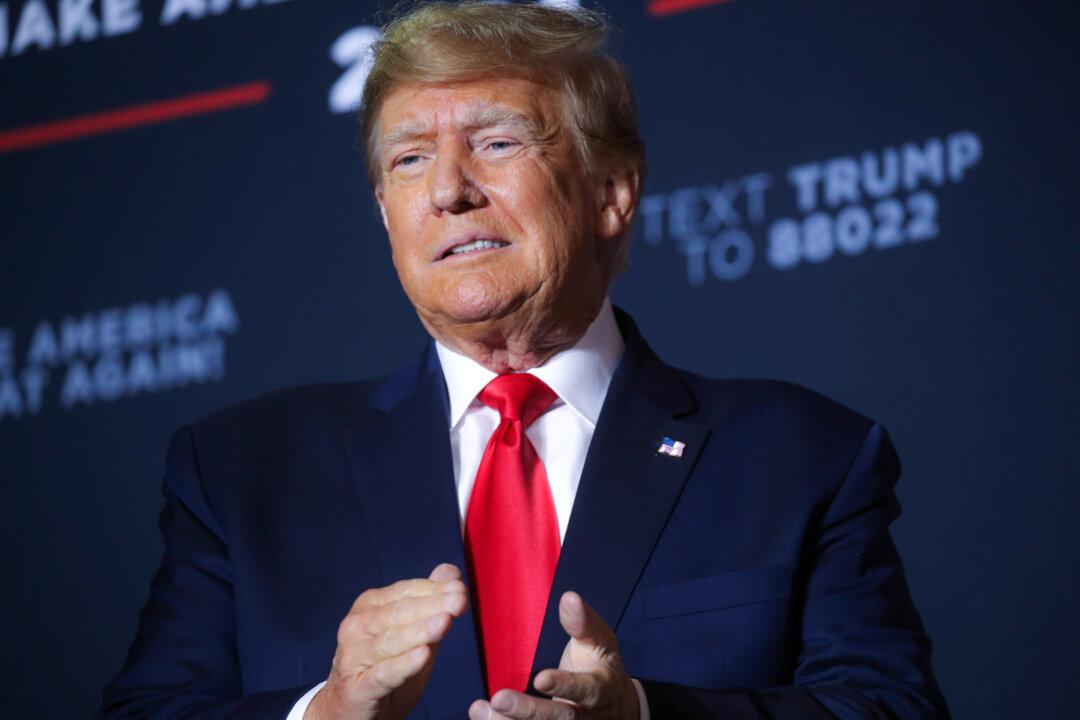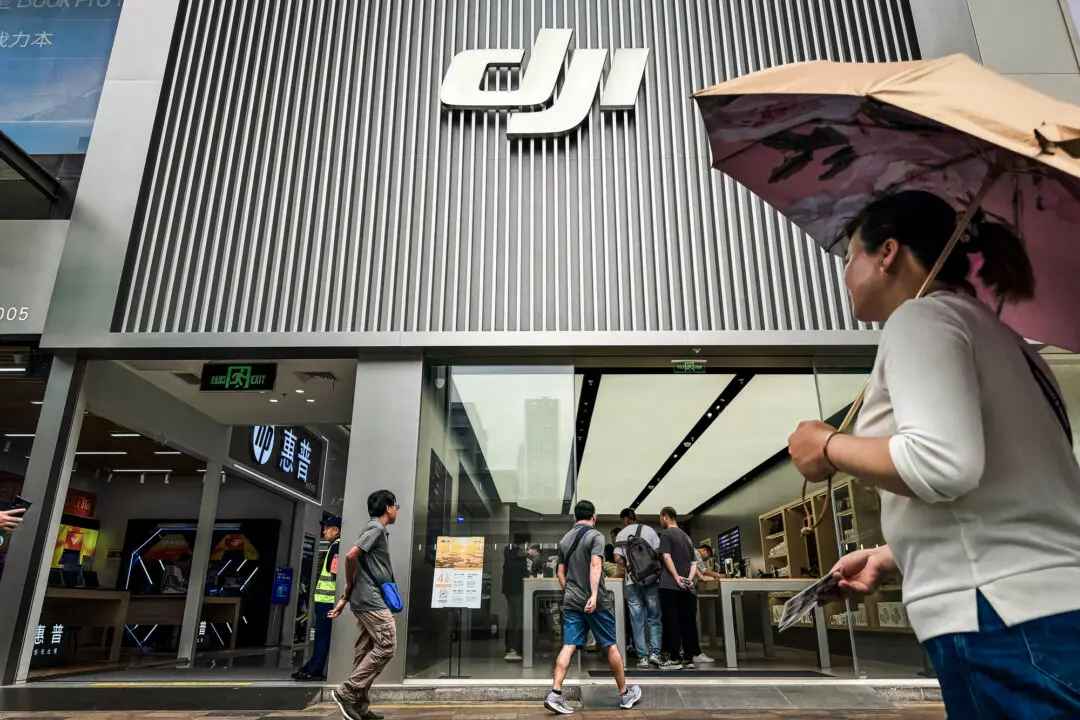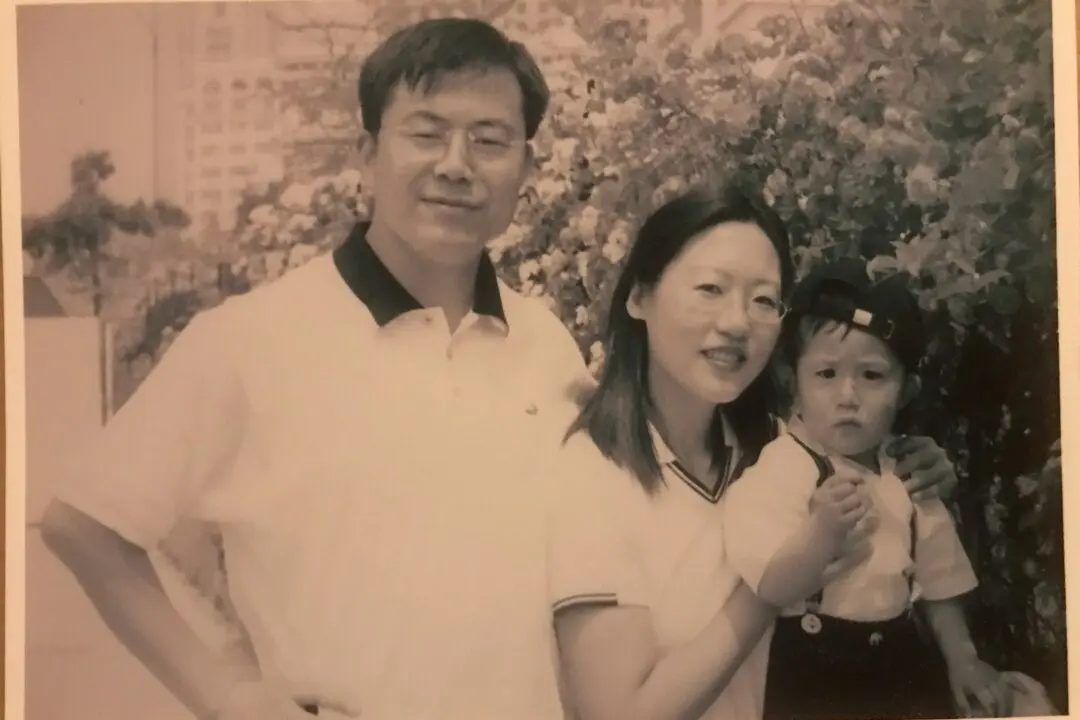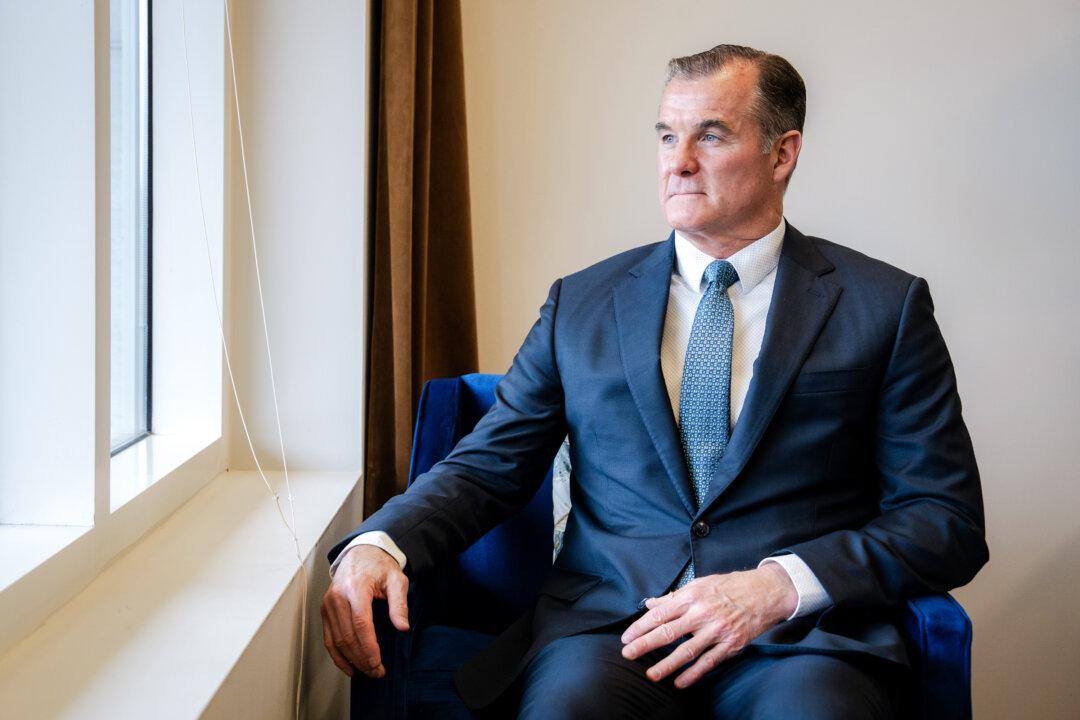The federal appeals court in Washington heard arguments on the gag order imposed on former President Donald Trump in a federal criminal case that accuses him of having interfered with the 2020 elections.
Many criminal defendants choose to say nothing at all, but President Trump faces 91 charges in four separate criminal cases, and the indictments have become a major issue for 2024 voters.






